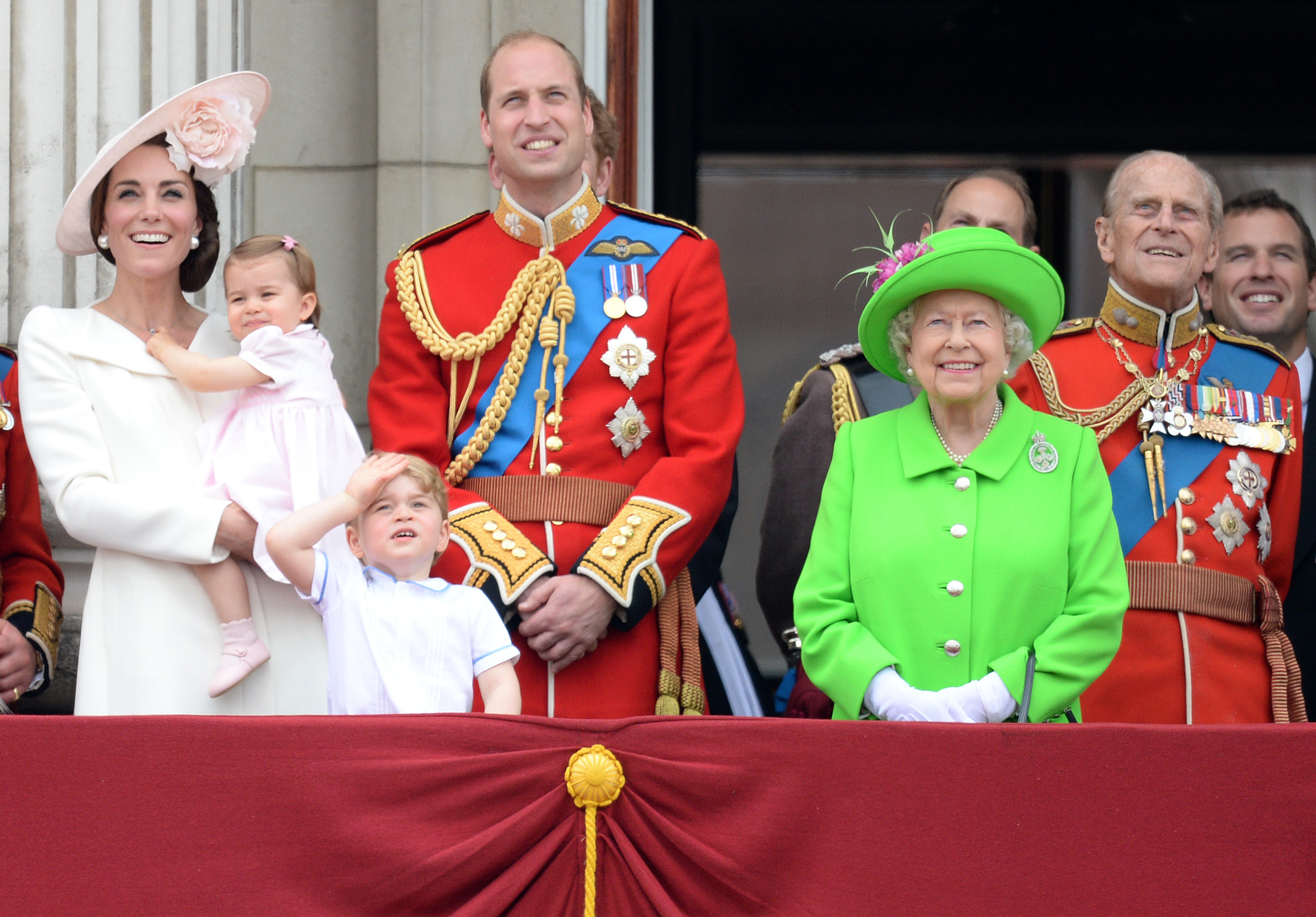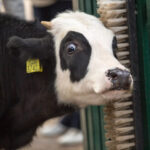When we think of the British Royal Family, names like Prince William, Kate Middleton, or King Charles III immediately come to mind. These prominent figures are globally recognized, often by their first names and royal titles alone. But have you ever stopped to wonder if the royals actually have a second name, or a last name, like the rest of us? The answer is yes, and it’s a fascinating tale intertwined with history and tradition.
While it’s rare to hear terms like “Duchess Meghan Mountbatten-Windsor,” the royal family does indeed possess a surname: Mountbatten-Windsor. This moniker isn’t frequently used in everyday conversation or formal address, particularly for senior members of the family who are primarily known by their titles. Think about the Duchess of Cambridge, now Princess of Wales, often referred to by her maiden name, Kate Middleton, or her title, Catherine, Princess of Wales. Similarly, Meghan Markle became the Duchess of Sussex upon her marriage to Prince Harry, and is generally known by this title.
However, the royal surname does come into play, especially for descendants who are further down the line of succession. A clear example of this is Archie Harrison Mountbatten-Windsor, the son of Prince Harry and Meghan. When his birth was announced, his full name explicitly included the royal surname, even though he holds no royal title at this time.
 Trooping The Colour 2016
Trooping The Colour 2016
Decoding the Royal Family’s Naming Practice
The seemingly complex system of royal names actually stems from a rather straightforward concept: recognition. For centuries, members of the royal family have been so globally recognized that a last name simply wasn’t necessary for identification. As the official royal website states, “Members of the Royal Family can be known both by the name of the Royal house, and by a surname, which are not always the same. And often they do not use a surname at all.”
Technically, Prince Harry’s full name could be Henry Charles Albert David Mountbatten-Windsor, and Meghan Markle could have become Rachel Meghan Mountbatten-Windsor upon their marriage. Yet, the practical use of this surname is reserved for situations where a last name is required, such as in official documents or for those royals without established titles. For everyday purposes, addressing Harry and Meghan by their first names and titles is perfectly appropriate and far more common.
Interestingly, members of the Royal Family can also adopt a surname derived from their royal titles. Princes William and Harry, for instance, were known as William Wales and Harry Wales during their school and military years. This surname was drawn from their father’s title, the Prince of Wales. Similarly, Prince George, when he started school, used the surname Cambridge, taken from his father’s title as the Duke of Cambridge. This practice highlights the flexibility within royal naming conventions, adapting to different contexts and levels of formality.
Queen Elizabeth II and the Windsor Lineage
Queen Elizabeth II’s name at birth was Princess Elizabeth Alexandra Mary Windsor. Born to the Duke and Duchess of York, who later became King George VI and Queen Elizabeth The Queen Mother, on April 21, 1926, she was intrinsically linked to the royal house of Windsor from birth. Her lineage and the established royal name were clear from the start.
If Queen Elizabeth needed a last name, Windsor would undoubtedly have been it. This connection to the name Windsor is deeply rooted in royal history and a pivotal shift that occurred during the First World War.
The Shift to Windsor: A Royal Name Change
While Queen Elizabeth was born with the surname Windsor, this wasn’t always the case for the British Royal Family. Prior to 1917, the royal house bore the name Saxe-Coburg-Gotha, a German name inherited from Queen Victoria’s husband, Prince Albert. However, with anti-German sentiment rising during World War I, King George V, Queen Elizabeth’s grandfather, made a significant decision.
In 1917, King George V not only changed the name of the royal house to Windsor, but also declared Windsor as the official surname for the royal family going forward. Before this pivotal year, British royals were typically known solely by their first name and the house or dynasty they belonged to, such as the House of Tudor or the House of Hanover, exemplified by Queen Victoria of the House of Hanover.
Later, Queen Elizabeth II, after marrying Lieutenant Philip Mountbatten (who became Prince Philip) in 1947 and ascending to the throne in 1952, made a further adjustment to the royal surname. To honor her husband and his family name, she decreed that her descendants, when a surname was needed, would use the hyphenated surname Mountbatten-Windsor.
 Royal Couple
Royal Couple
Mountbatten-Windsor: The Modern Royal Surname
Today, Windsor remains the name of the royal house, but Mountbatten-Windsor serves as the official surname for descendants of Queen Elizabeth II through the male line when they require a surname. This hyphenated name represents a blend of royal history and personal family connection, acknowledging both the Windsor lineage and Prince Philip’s Mountbatten heritage.
The official royal website clarifies this further, stating, “It was therefore declared in the Privy Council that The Queen’s descendants, other than those with the style of Royal Highness and the title of Prince/Princess, or female descendants who marry, would carry the name of Mountbatten-Windsor.”
In conclusion, while the royal family is predominantly known by first names and titles, they do indeed have a second name. Mountbatten-Windsor stands as their official surname, a testament to both historical shifts and personal choices within the evolving narrative of the British monarchy. This surname, though seldom used in everyday address, is a key element in understanding the full identity and heritage of the modern Royal Family.

